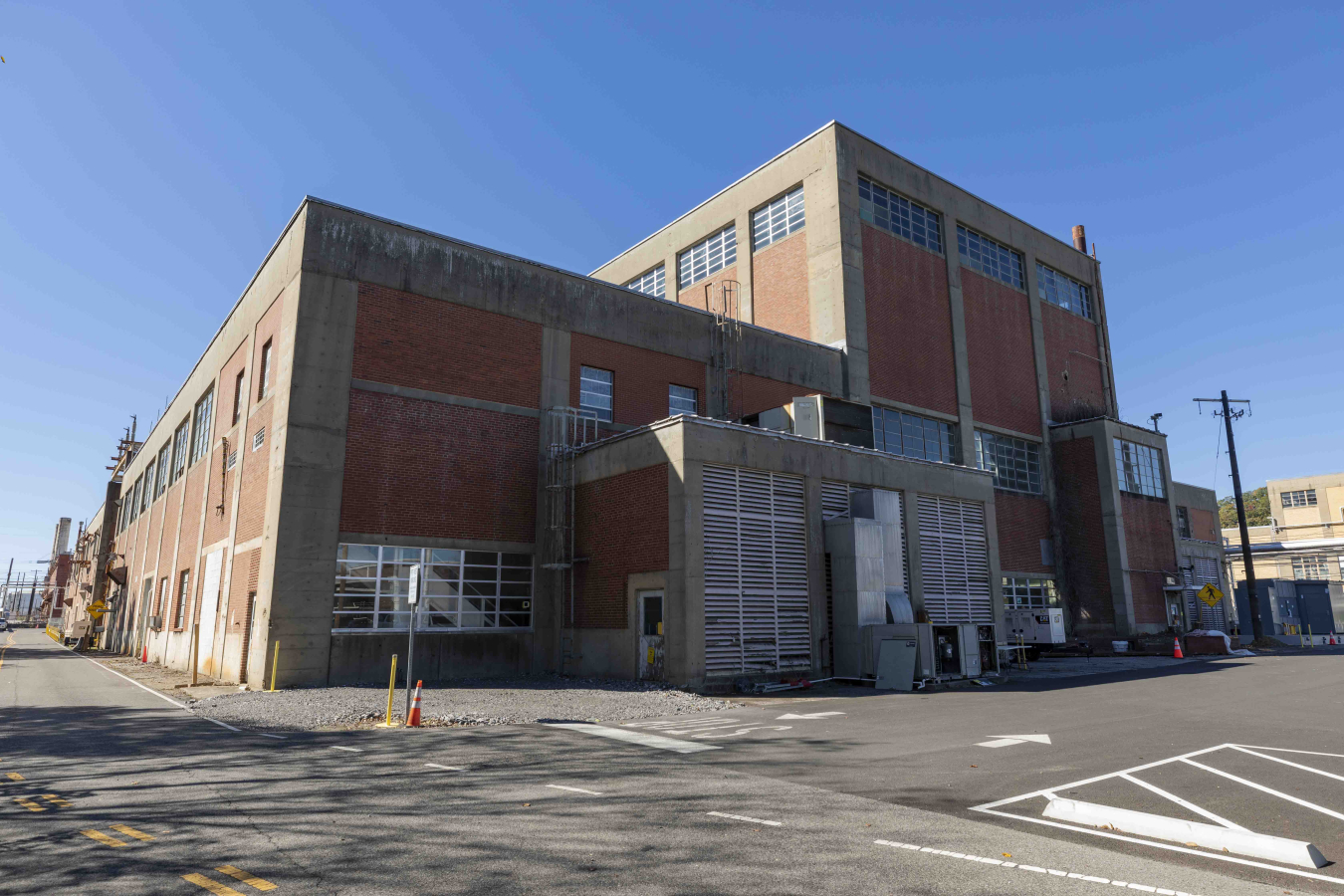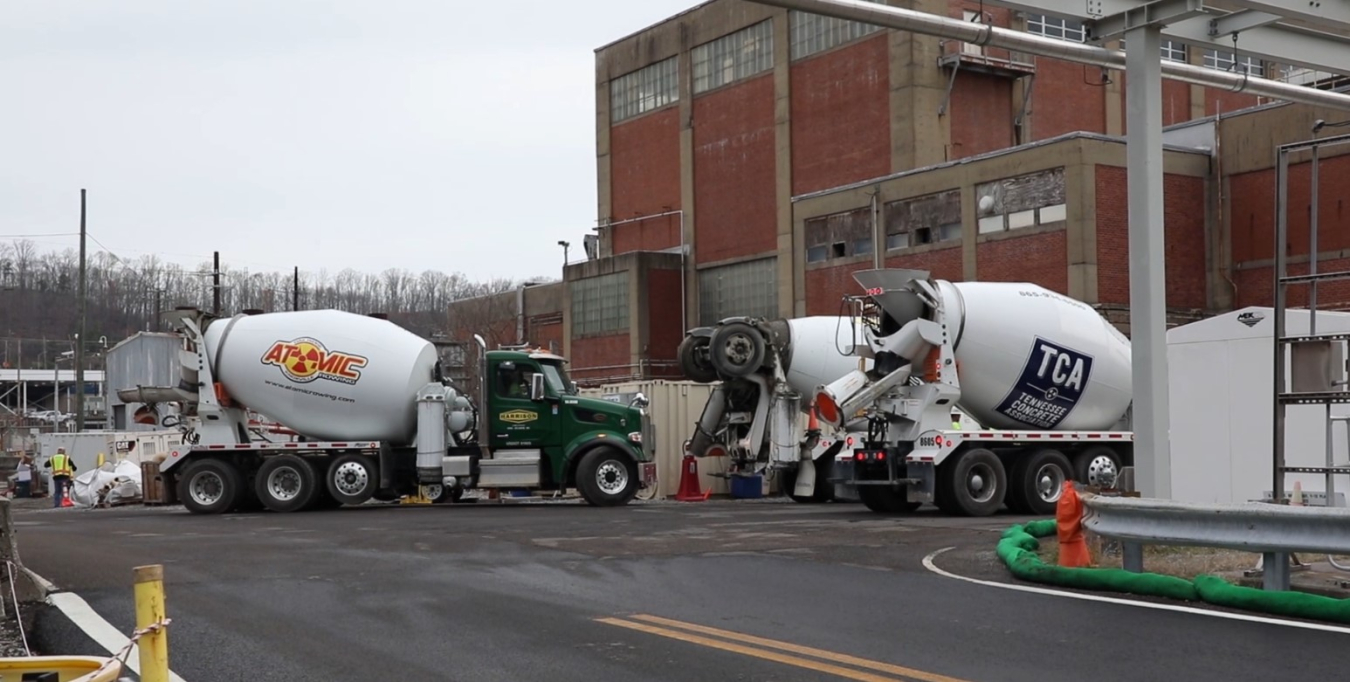Crews with the Oak Ridge Office of Environmental Management and contractor UCOR make headway preparing for the next major demolition project at the Y-12 National Security Complex.
Office of Environmental Management
April 29, 2025UCOR crews perform sampling and deactivation tasks in the basement of Beta-1 at the Y-12 National Security Complex.
OAK RIDGE, Tenn. — Crews with the Oak Ridge Office of Environmental Management (OREM) and contractor UCOR are making headway to prepare for the next major demolition project at the Y-12 National Security Complex.
The Beta-1 building is categorized as a high-risk, excess contaminated facility due to its contents and condition, and it’s next in line to be torn down to reduce risks and enable modernization at the site.
Beta-1 was constructed in 1944 as part of the Manhattan Project to enrich uranium during World War II. It was later converted to laboratory space for fusion energy technology.
A view of Beta-1. The building was constructed in 1944 as part of the Manhattan Project to enrich uranium during World War II. Today, it is categorized as a high-risk excess contaminated facility and slated for near-term demolition.
UCOR has completed deactivation of the above-ground floors, and teams are now busy deactivating the basement, where water intrusion has been an ongoing challenge.
“Battling water intrusion to keep the levels in the 111,000-square-foot basement drained affects access to perform work,” explained Larry Brede, UCOR’s Y-12 cleanup area project manager. “Deactivation activities cannot be performed in areas with standing water.”
Crews deactivating the basement level of the massive 300,000-square-feet building have pumped, processed and eliminated more than 10 million gallons of water. To maintain dry conditions for deactivation, pipefitters are installing a second water treatment system to reduce downtime caused by groundwater flooding.
Crews are pouring more than 3,000 truckloads of controlled low-strength material into the basement through the fall. These pours help prevent water from entering that area, and it stabilizes the slab for heavy equipment during demolition.
A critical step in preparing the facility for demolition is pouring controlled low-strength material (CLSM), similar to concrete, into the basement. To accomplish this, workers core-drilled 526 holes from the first floor to allow the team to pour more than 3,000 truckloads of material into the basement.
Filling the basement helps prevent water intrusion and stabilizes the slab at ground level to support heavy equipment used during demolition. CLSM placement is already underway and scheduled for completion this fall.
This work is moving Beta-1 one step closer to demolition, which will begin once crews finish tearing down the nearby Alpha-2 facility.
The Alpha-2 demolition project is OREM’s first effort to remove a former Manhattan Project-era uranium enrichment facility at Y-12. Beta-1 will mark the second.
-Contributor: Carol Hendrycks
To receive the latest news and updates about the Office of Environmental Management, submit your e-mail address.



